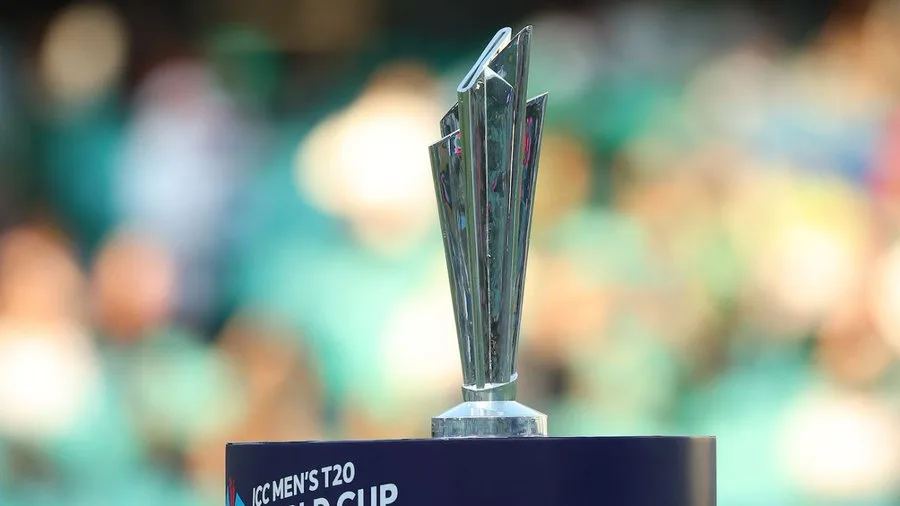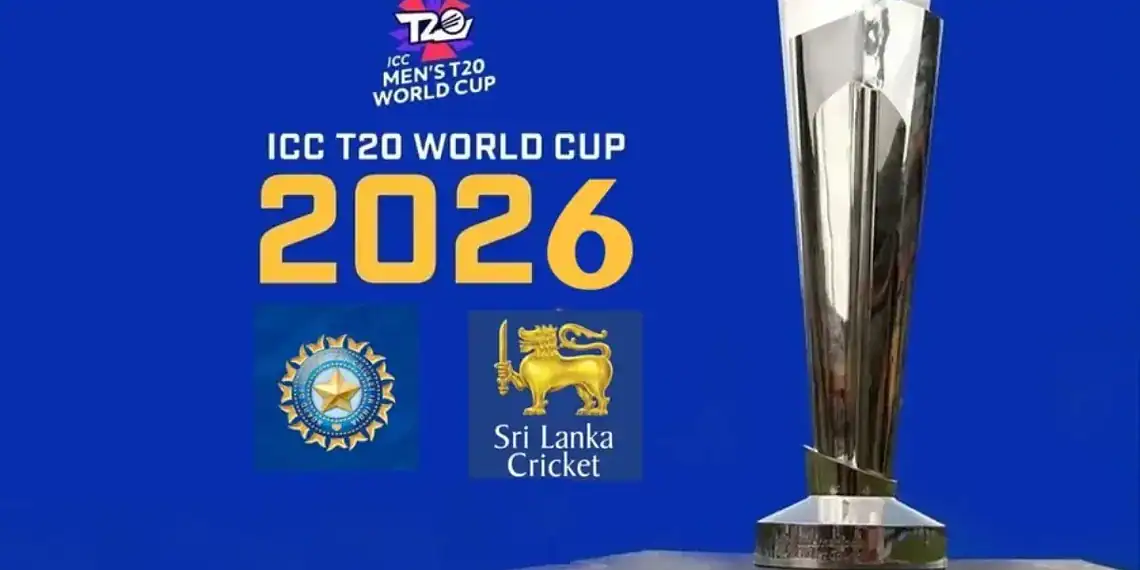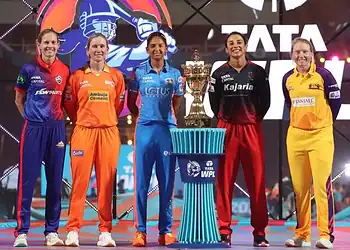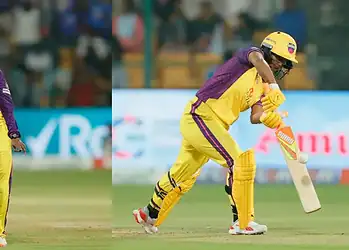T20 World Cup 2026: With less than 100 days until cricket’s biggest T20 carnival, the venue selection drama has reached its climax. The iconic Narendra Modi Stadium in Ahmedabad—where Australia shattered India’s ODI World Cup dreams in 2023—will host the T20 World Cup 2026 final on March 8, while traditional cricket strongholds like Bengaluru and Navi Mumbai face unexpected exclusion.
Table of Contents
The Venue Lineup: Quality Over Quantity
The Board of Control for Cricket in India has adopted a streamlined approach for the India-Sri Lanka co-hosted tournament, reducing the number of venues from the 12 used during the 2023 ODI World Cup. This strategic consolidation ensures each stadium hosts at least six matches, creating a more efficient schedule and enhanced tournament logistics.

Confirmed Indian Venues for T20 World Cup 2026
| Stadium | City | Capacity | Expected Role |
|---|---|---|---|
| Narendra Modi Stadium | Ahmedabad | 132,000 | Final (March 8) |
| Arun Jaitley Stadium | Delhi | 41,000 | Group & Knockouts |
| Wankhede Stadium | Mumbai | 33,000 | Key Matches |
| Eden Gardens | Kolkata | 66,000 | Super Eights |
| MA Chidambaram Stadium | Chennai | 50,000 | Group Stage |
Additionally, three Sri Lankan venues will be confirmed soon, completing the tournament’s geographical footprint across the Indian subcontinent.
Why Bengaluru Got Dropped
The M Chinnaswamy Stadium’s exclusion stems from a tragic stampede during RCB’s IPL 2025 victory parade. A state government panel declared the venue unfit for major events, casting doubt over its immediate future. This decision marks a significant blow for Bengaluru’s cricket fanbase, one of the sport’s most passionate communities.
Lucknow remains uncertain, with the BCCI still evaluating its suitability for World Cup-level fixtures.
Strategic Pitch Management: The IPL Factor
The BCCI’s venue strategy isn’t just about the T20 World Cup—it’s also about protecting pitch quality for IPL 2026, scheduled immediately after the tournament. By excluding Women’s ODI World Cup 2025 hosts like Guwahati, Visakhapatnam, Indore, and Navi Mumbai, the board ensures these cities have fresh, untouched pitches for India’s premier domestic league.
According to reports from The Indian Express, this rotation policy allows maximum utilization of India’s cricket infrastructure while maintaining optimal playing conditions across tournaments.
Tournament Format: 20 Teams, One Champion
The 10th edition of the ICC T20 World Cup will feature an expanded 20-team format with a revamped structure:
Group Stage: 20 teams divided into four groups of five, with each team playing four matches. Top two from each group advance.
Super Eights: Eight qualified teams split into two groups of four, playing three matches each. Top two from each group reach the semifinals.
Knockouts: Four teams battle through semifinals to reach the March 8 final at Ahmedabad.
This format promises more competitive cricket and greater opportunities for associate nations to showcase their talent on the global stage.
Ahmedabad’s Redemption Arc?
The world’s largest cricket stadium carries emotional weight. After witnessing India’s heartbreaking 2023 ODI World Cup final defeat to Australia, Indian fans will hope for redemption when the T20 champions are crowned on the same turf. The 132,000-seater colosseum has successfully hosted three IPL finals, establishing itself as India’s premier cricket venue.
As the ICC prepares to release the official schedule, anticipation builds for what promises to be the most compact yet competitive T20 World Cup in history—where every match matters and every venue tells a story.








